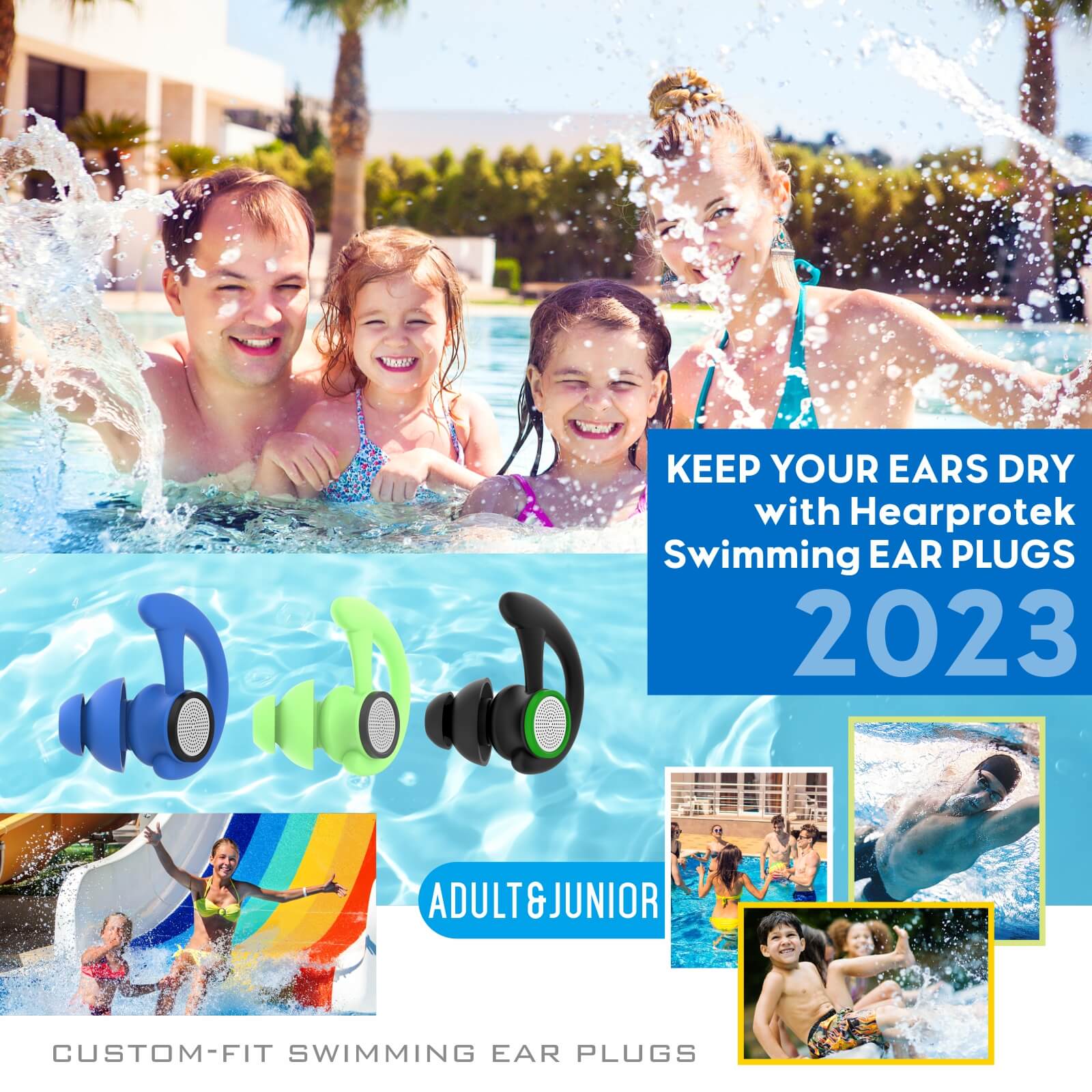See or not see, determine whether you feel interesting or bored swimming ear plugs.
Swimmer's ear, also known as otitis externa, is a common condition that affects swimmers of all ages. It is an infection of the outer ear canal, typically caused by water remaining in the ear after swimming. This moist environment creates the perfect breeding ground for bacteria and fungi, leading to painful symptoms such as itching, redness, and discharge.
The Role of Ear Plugs in Preventing Swimmer's Ear
Ear plugs play a crucial role in preventing swimmer's ear by creating a barrier between the ear canal and water. They are designed to fit snugly in the ear, preventing water from entering and reducing the risk of infection. By wearing ear plugs while swimming, you can significantly reduce your chances of developing swimmer's ear.
Types of Ear Plugs
There are several types of ear plugs available on the market, each with its own advantages and disadvantages. Foam ear plugs are a popular choice due to their affordability and ease of use. They are made of soft, compressible foam that expands to fit the shape of the ear canal. Silicone ear plugs are another option, known for their durability and reusability. They are made of a flexible, hypoallergenic material that provides a comfortable fit.
Custom-molded ear plugs are also available, which are individually crafted to fit the unique shape of your ear. While they may be more expensive, custom-molded ear plugs offer the highest level of comfort and protection. They are particularly beneficial for frequent swimmers or individuals with irregularly shaped ear canals.
Proper Insertion and Maintenance
Regardless of the type of ear plugs you choose, proper insertion and maintenance are essential for their effectiveness. Before inserting ear plugs, make sure your hands are clean to avoid introducing bacteria into the ear canal. Gently roll or mold the ear plugs to compress them before inserting them into the ear. Once inserted, give them a few moments to expand and create a snug seal.
After swimming, remove the ear plugs carefully to avoid pushing any water further into the ear canal. Clean the ear plugs according to the manufacturer's instructions, ensuring they are dry before storing them. Regularly inspect your ear plugs for signs of wear and tear, and replace them as needed to maintain their effectiveness.
The Importance of Ear Plugs for Children
Children are particularly susceptible to swimmer's ear due to their smaller ear canals and less developed immune systems. It is crucial to emphasize the importance of ear plugs for children who swim regularly. By instilling this habit early on, you can help protect their ears and prevent future ear infections.
Teaching Proper Ear Plug Usage
When introducing ear plugs to children, it is essential to teach them how to use them correctly. Show them how to roll or mold the ear plugs and explain the importance of a snug fit. Make it a fun and interactive experience, so they are more likely to embrace the habit. Encourage them to take responsibility for their ear health by reminding them to wear their ear plugs before swimming.
Leading by Example
Children are more likely to adopt healthy habits when they see their parents or guardians practicing them. Lead by example and wear ear plugs yourself when swimming with your child. This not only reinforces the importance of ear plug usage but also shows them that you prioritize your own ear health.
By incorporating ear plugs into your swimming routine and teaching your child to do the same, you can create a safe and healthy environment for everyone.
Conclusion
Swimmer's ear can be a painful and frustrating condition, but it is preventable with the use of ear plugs. Whether you choose foam, silicone, or custom-molded ear plugs, the key is to find a type that fits comfortably and provides a reliable seal. By wearing ear plugs while swimming and teaching your children to do the same, you can significantly reduce the risk of developing swimmer's ear.
